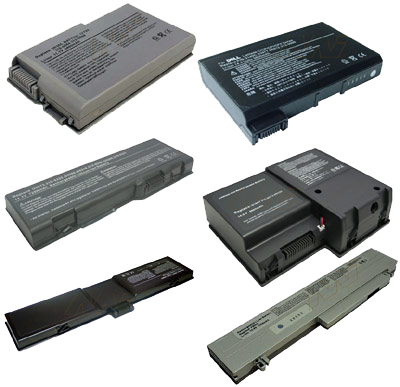Battery Do’s
- A new battery comes in a discharged condition and must be charged before use (refer to the devices manual for charging instructions). Upon initial use (or after a prolonged storage period) the battery may require three to four charge/discharge cycles before achieving maximum capacity.
- When charging the battery for the first time the device may indicate that charging is complete after just 10 or 15 minutes. This is a normal phenomenon with rechargeable batteries. Remove the battery from the device, reinsert it and repeat the charging procedure.
- It is important to condition (fully discharge and then fully charge) the battery every two to three weeks. Failure to do so may significantly shorten the battery’s life. To discharge, simply run the device under the battery’s power until it shuts down or until you get a low battery warning. Then recharge the battery as instructed in the user’s manual.
- If the battery will not be in use for a month or longer, it is recommended that it be removed from the device and stored in a dry, clean place.
- It is normal for a battery to become warm to the touch during charging and discharging.
- A charged battery will eventually lose its charge if unused. It may therefore be necessary to recharge the battery after a storage period.
- The milliamp-hour (mAH) rating of the Hi-Capacity battery will often be higher than the one on the original battery. A higher mAH rating is indicative of a longer lasting (higher capacity) battery and will not cause any incompatibilities. A Hi-Capacity battery will, in most cases, outperform the original by 20% to 30%.
- Actual battery run-time depends upon the power demands made by the equipment. In the case of notebook computers, screen brightness, the use of the CPU, the hard drive, and other peripherals results in an additional drain upon the battery, effectively reducing the battery’s run-time. The total run-time of the battery is also heavily dependent upon the design of the equipment. To ensure maximum performance of the battery, optimize the computer’s power management features. Refer to the computer manual for further instructions.
Battery Don’ts
- Do not short-circuit. A short-circuit may cause severe damage to the battery.
- Do not drop, hit or otherwise abuse the battery as this may result in the exposure of the cell contents, which are corrosive.
- Do not expose the battery to moisture or rain.
- Keep battery away from fire or other sources of extreme heat. Do not incinerate. Exposure of battery to extreme heat may result in an explosion.

